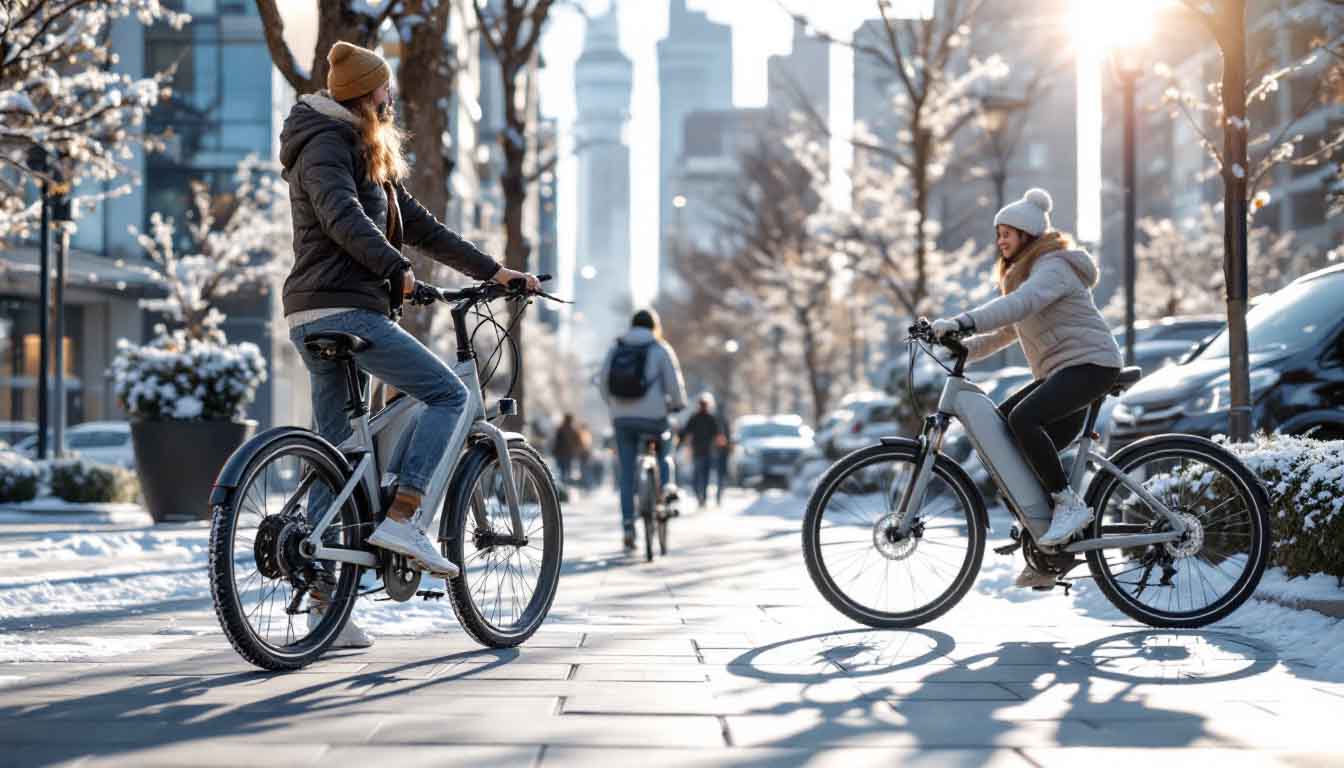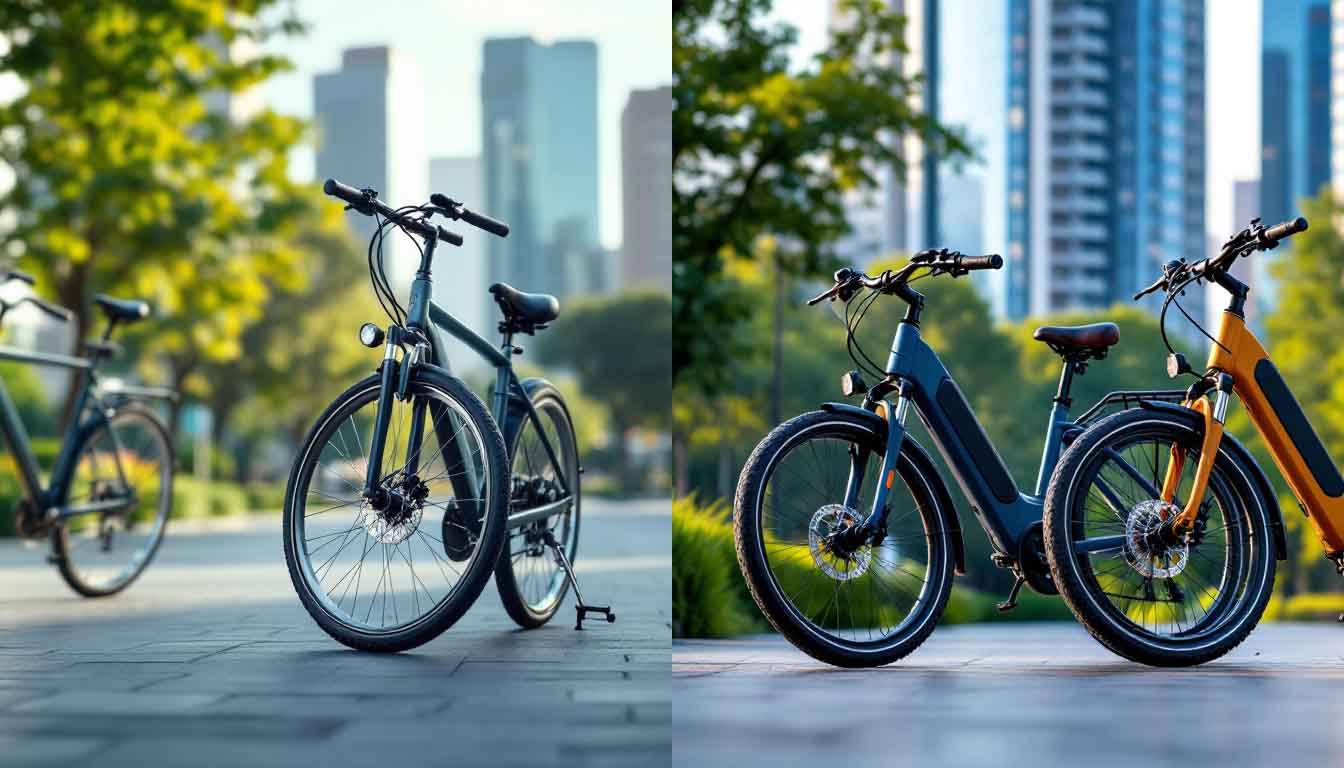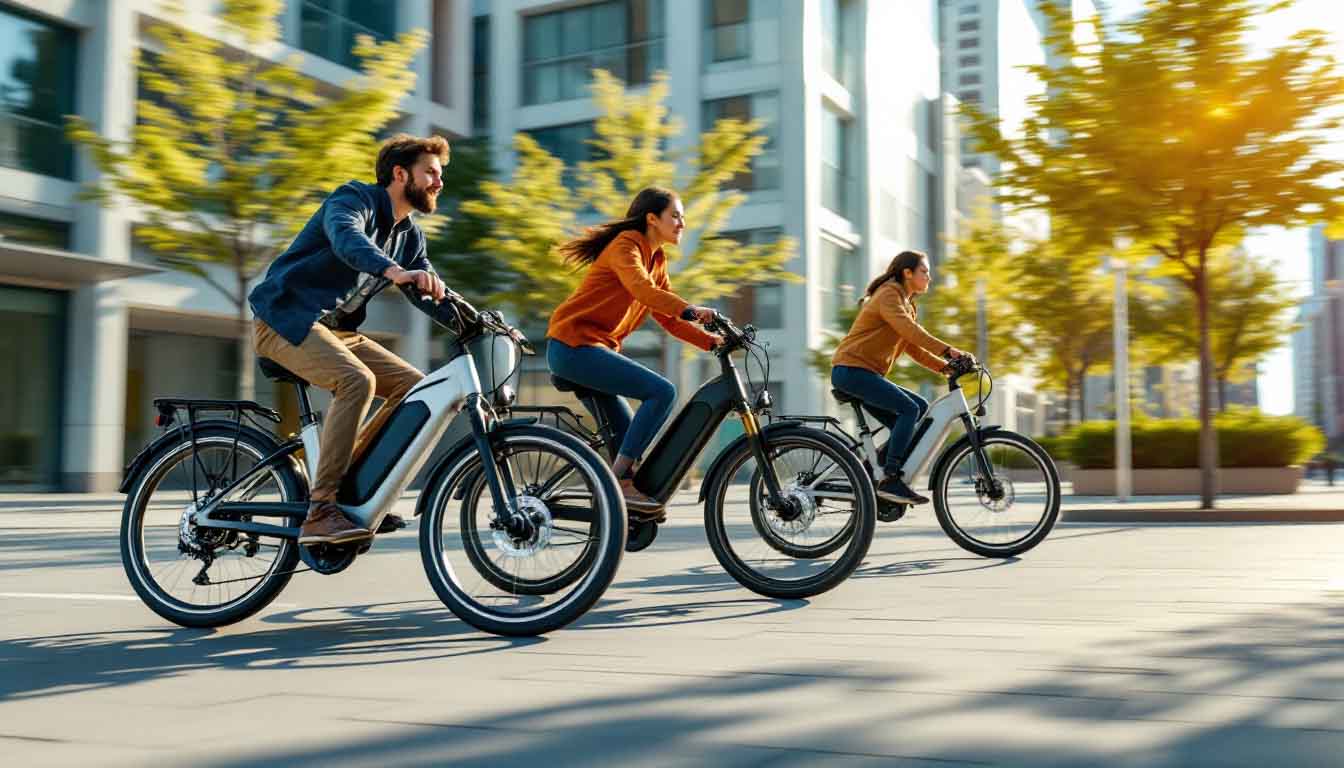Beginner’s Guide: How to Choose Your First Electric Bike
Beginner’s Guide: How to Choose Your First Electric Bike
Electric bikes (e-bikes) have taken the world by storm, offering a fun, eco-friendly, and efficient way to commute, exercise, and explore. If you’re new to the world of e-bikes, choosing the right one for your needs can feel overwhelming. In this guide, we’ll walk you through everything you need to know before buying your first electric bike.
🚲 1. Understand the Different Types of Electric Bikes
- Will you use it for commuting?
- For recreational rides on weekends?
- For mountain and adventure trails?
Before you start shopping, it’s important to know the main types of e-bikes available:
- Commuter E-Bikes – Ideal for city riding, daily commutes, and paved roads. They’re designed for comfort, efficiency, and reliability.
- Mountain E-Bikes (E-MTBs) – Built for off-road trails, with powerful motors, strong suspension, and rugged tires.
- Folding E-Bikes – Perfect for urban riders with limited storage space. They can be folded and stored easily in apartments or offices.
- Cargo E-Bikes – Designed to carry heavy loads or even passengers, great for families or delivery riders.
- Hybrid E-Bikes – A versatile option that works well for both city riding and light off-road trails.
Tip: Think about where you’ll ride most often — city streets, trails, or a mix of both — to narrow down your options.
⚙ 2. Decide on the Motor Type and Power
E-bike motors come in two main types:
- Hub Motors – Located in the wheel hub, they provide smooth and quiet assistance. Great for casual riding and flat terrain.
- Mid-Drive Motors – Positioned near the pedals, they offer better balance, hill-climbing power, and overall performance.
Motor power is measured in watts (W). Common options include 250W, 500W, and 750W. For urban commuting, 250W–500W is usually enough, while off-road riders may prefer more power.
🔋 3. Battery Capacity and Range
Battery capacity is one of the most important factors when choosing an e-bike. It’s usually measured in watt-hours (Wh). The higher the Wh, the longer the range.
- 250–400Wh – Suitable for short commutes and light use.
- 400–700Wh – Ideal for longer rides or hilly terrain.
- 700Wh+ – Great for heavy-duty use and long-distance touring.
Pro Tip: Always check the manufacturer’s claimed range and compare it with real-world user reviews.
👟 4. Consider Comfort and Fit
The best e-bike is one that fits your body properly. Make sure to:
- Choose the right frame size based on your height.
- Adjust the saddle and handlebars for comfort.
- Test ride different models if possible to see which feels best.
Features like suspension forks, padded saddles, and ergonomic grips can make a big difference in ride comfort.
🥇 5. Budget and Value for Money
E-bike prices can range from $800 to over $5,000. While it’s tempting to go for the cheapest option, investing in a quality e-bike often means better performance, reliability, and after-sales support.
Look for brands with good warranties, replaceable parts, and strong customer service.
🔧 6. Safety and Maintenance Tips
- Always wear a helmet.
- Keep tires properly inflated for better performance and safety.
- Charge your battery according to the manufacturer’s instructions.
- Regularly check brakes, lights, and chain for wear.
Final Thoughts
Choosing your first electric bike doesn’t have to be stressful. By understanding your riding needs, comparing motor types, checking battery capacity, and ensuring a comfortable fit, you’ll find an e-bike that will give you years of enjoyment.
Whether you’re commuting to work, exploring new trails, or simply enjoying the ride, the right e-bike can transform your cycling experience.
RELATED POSTS










